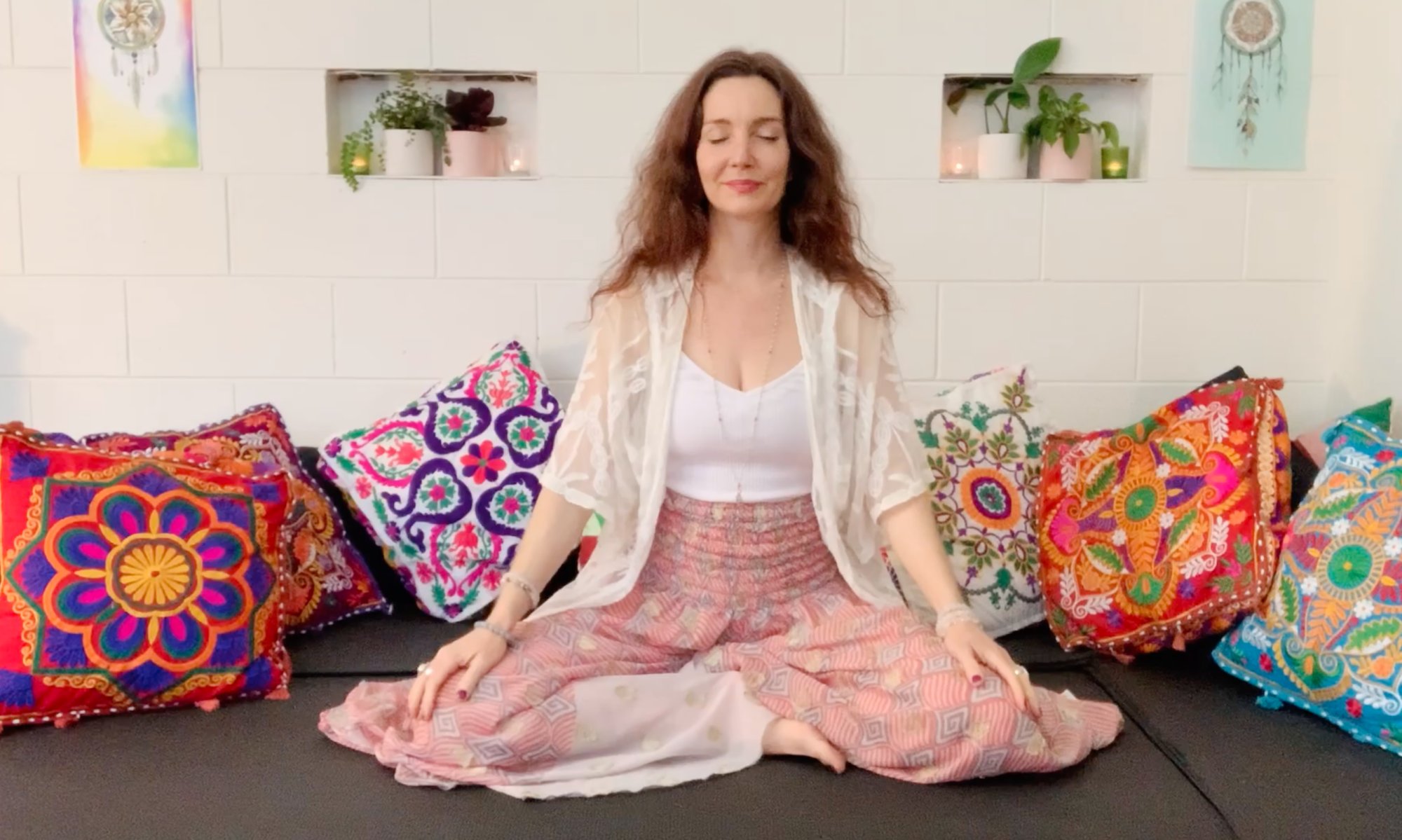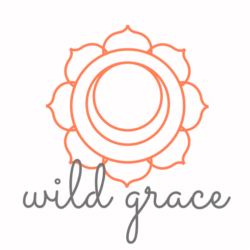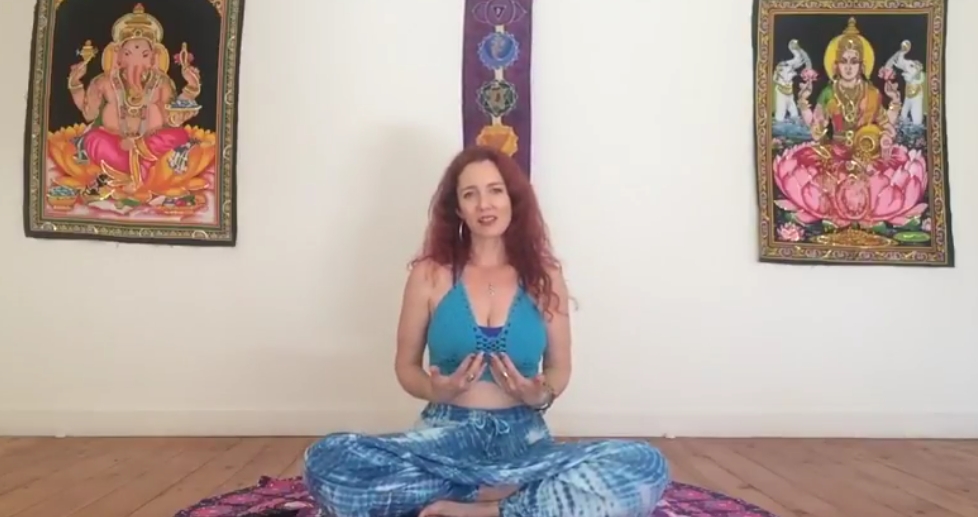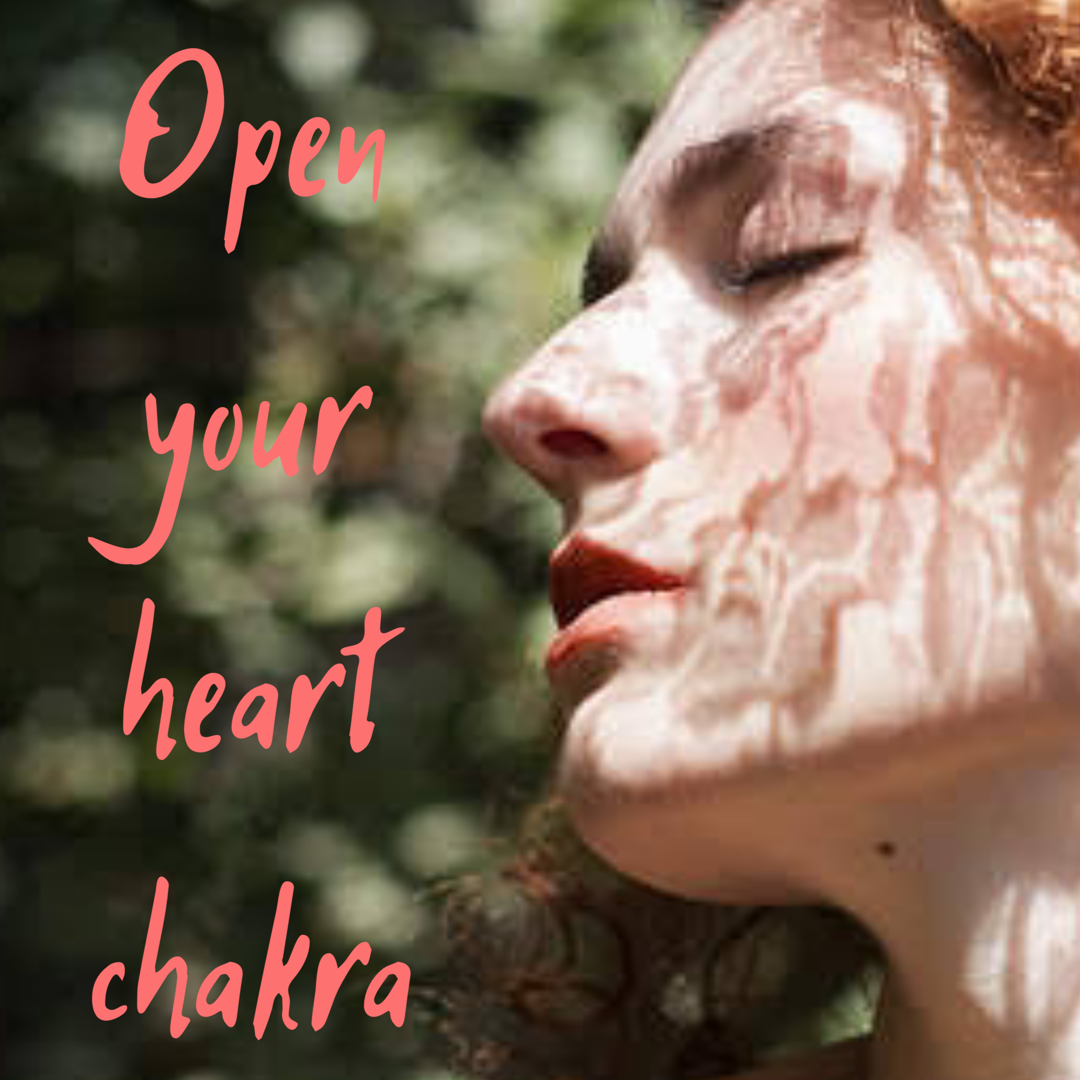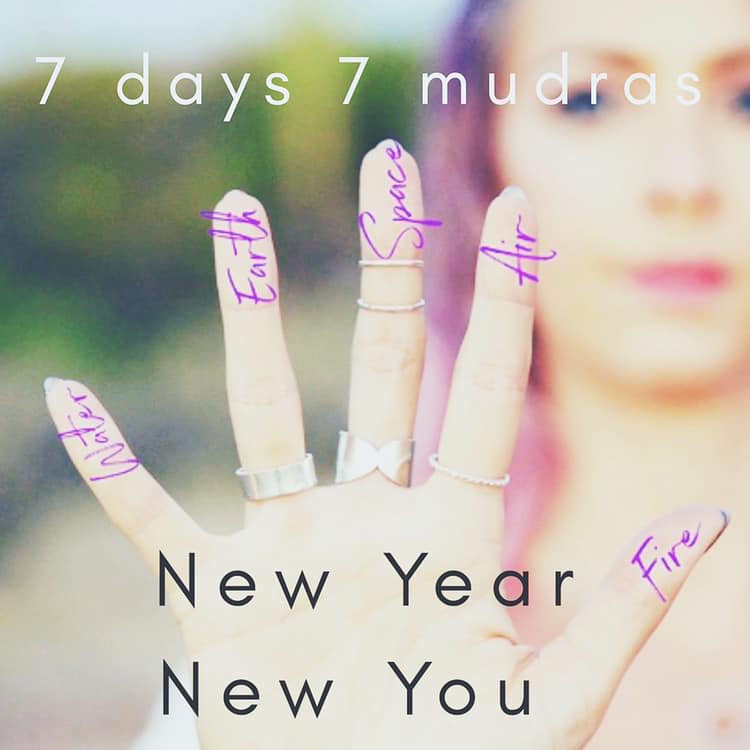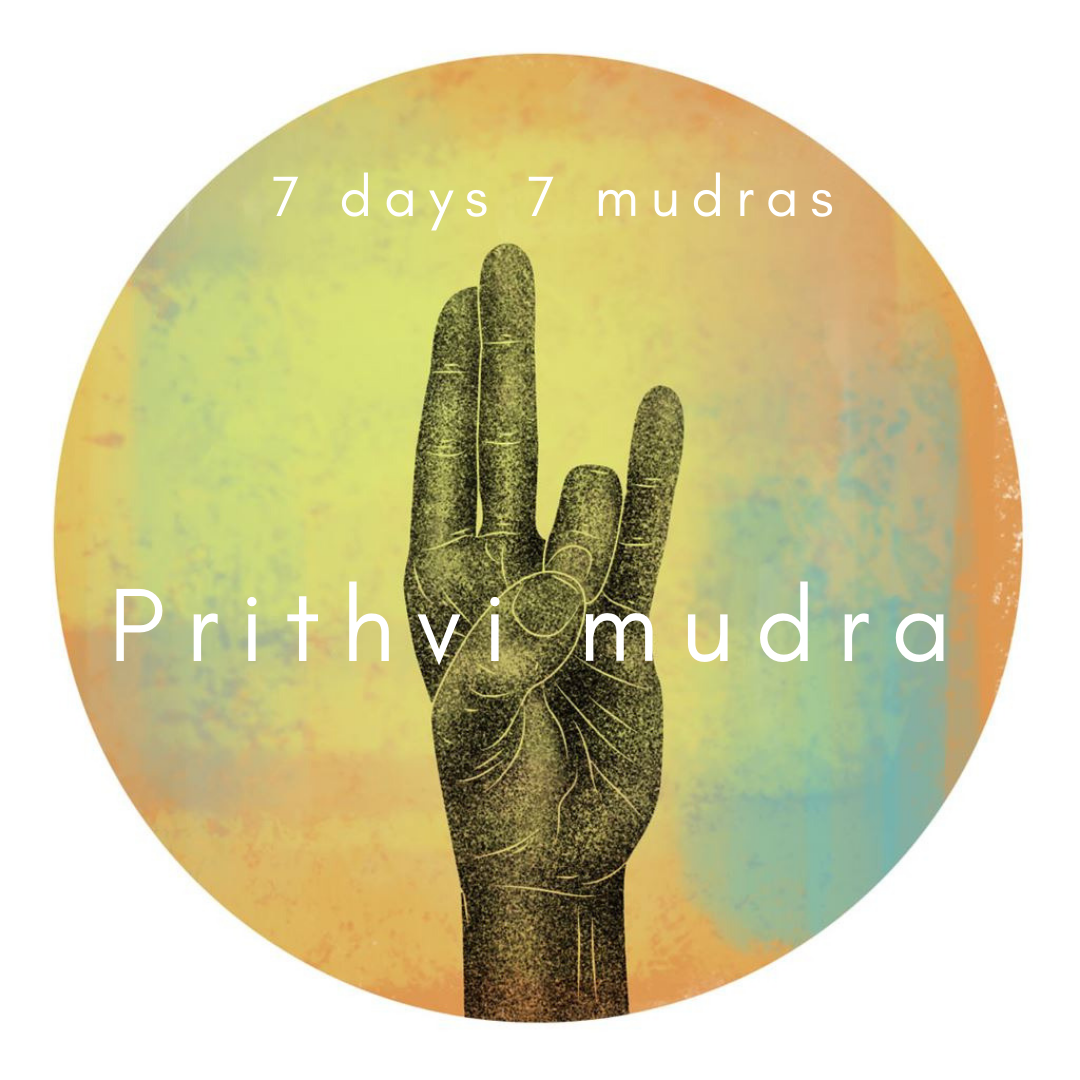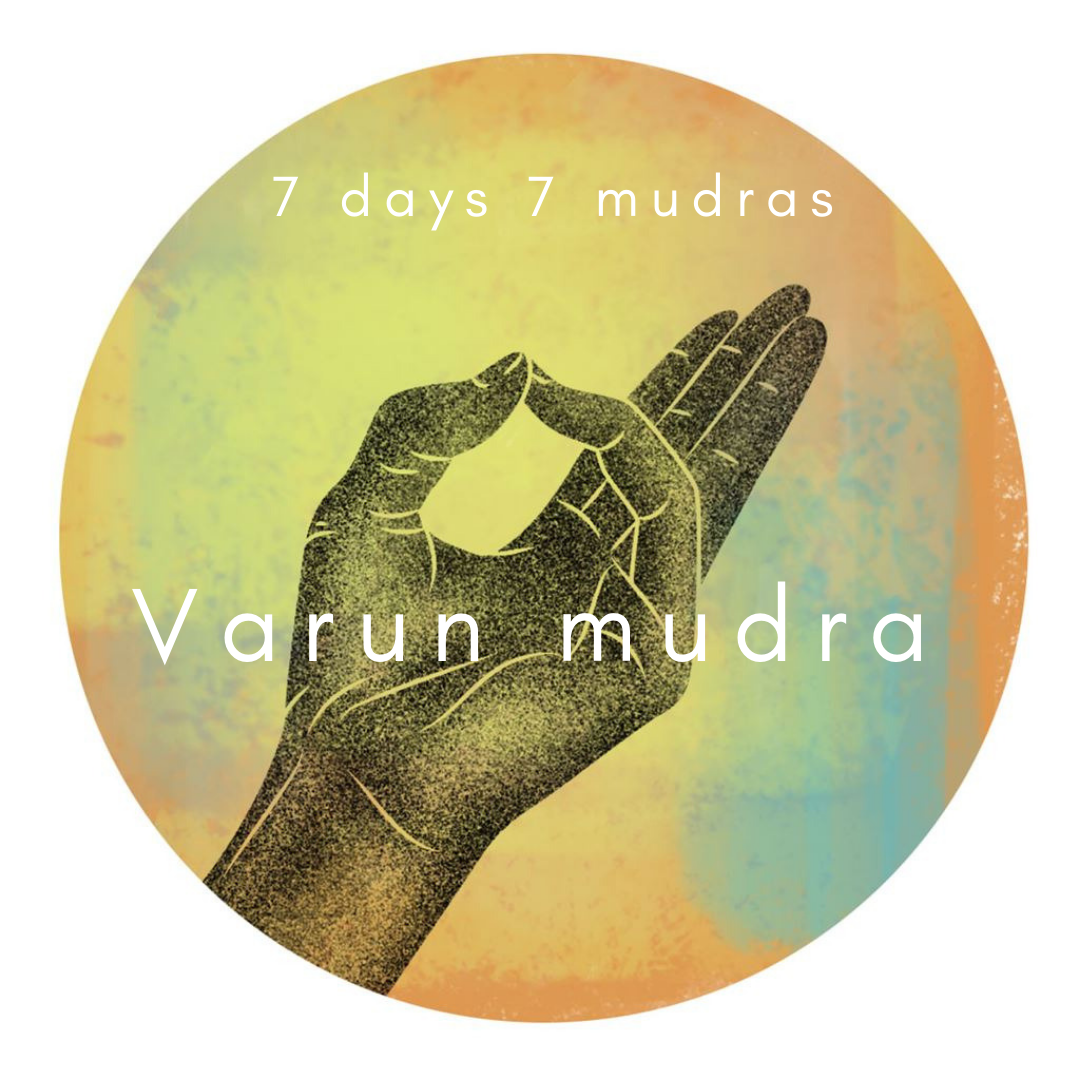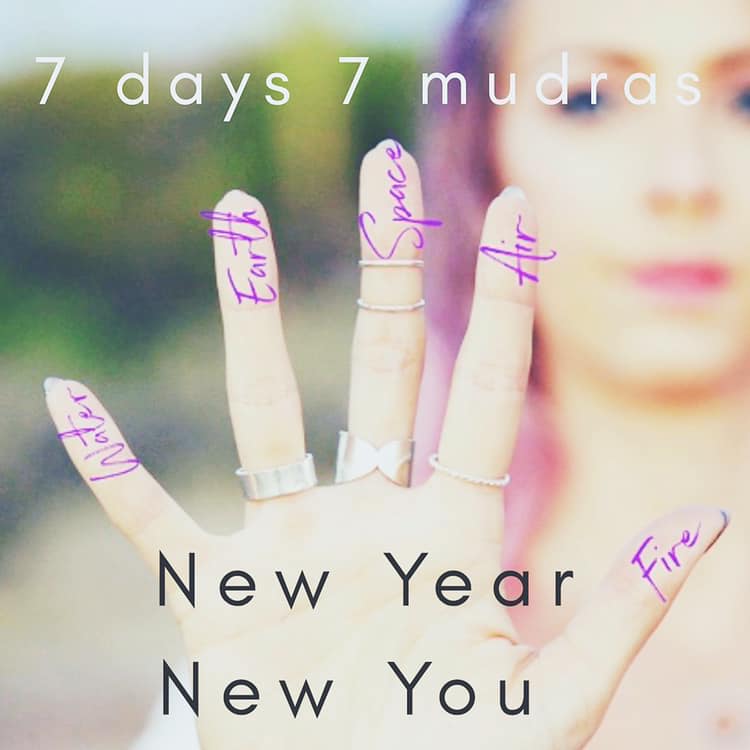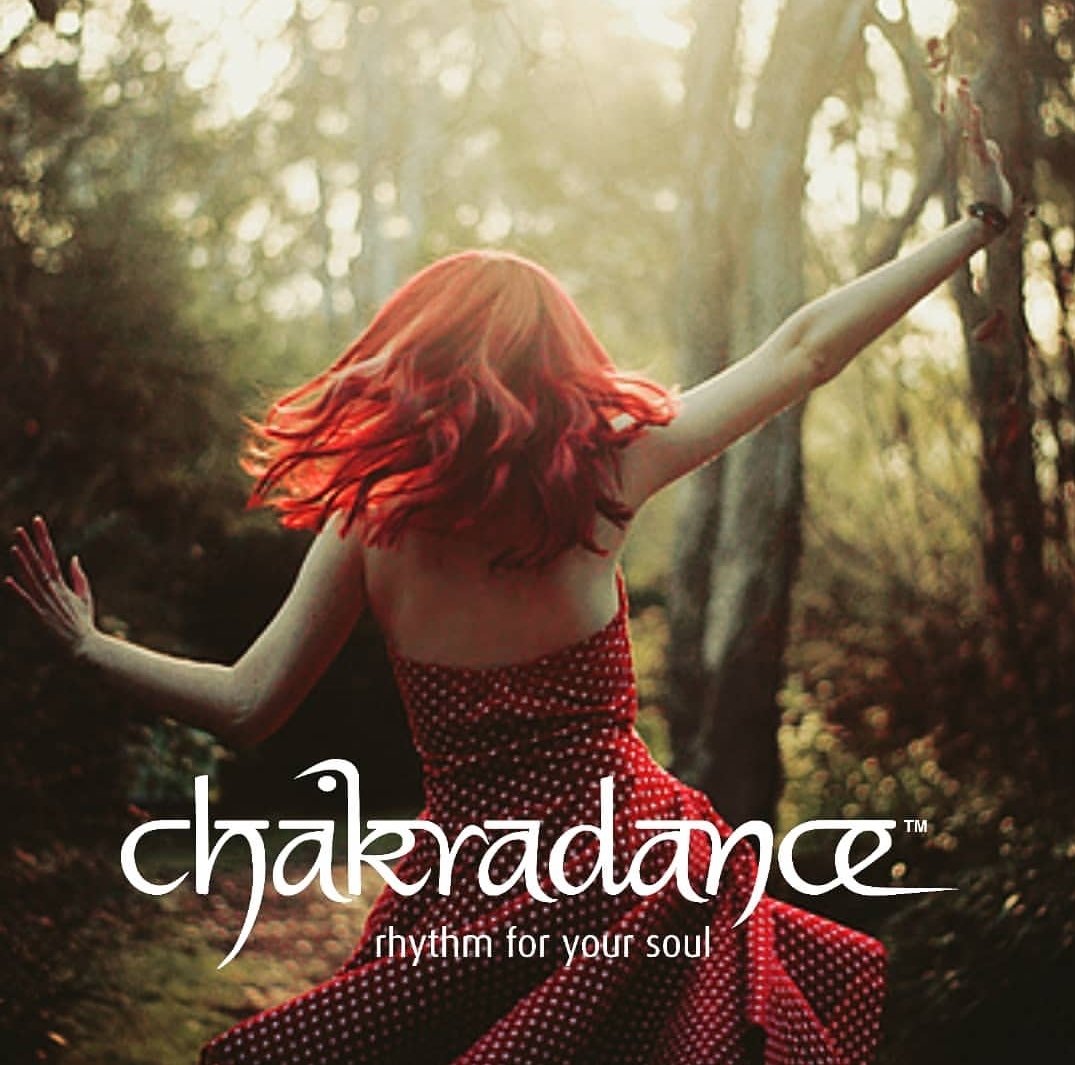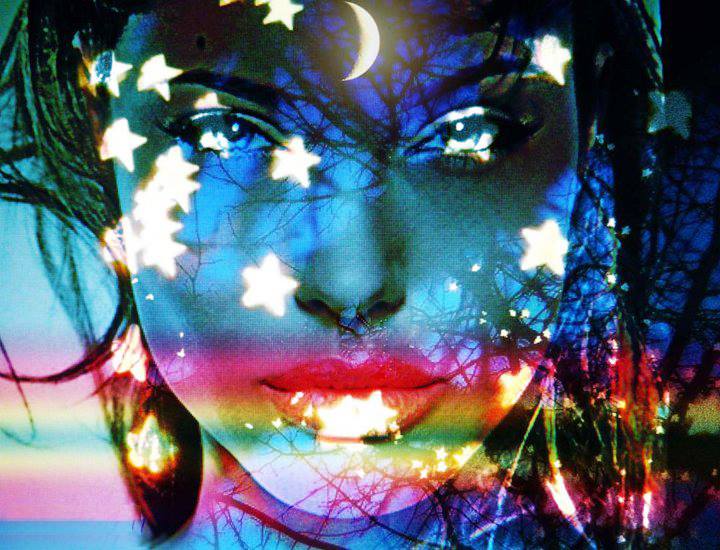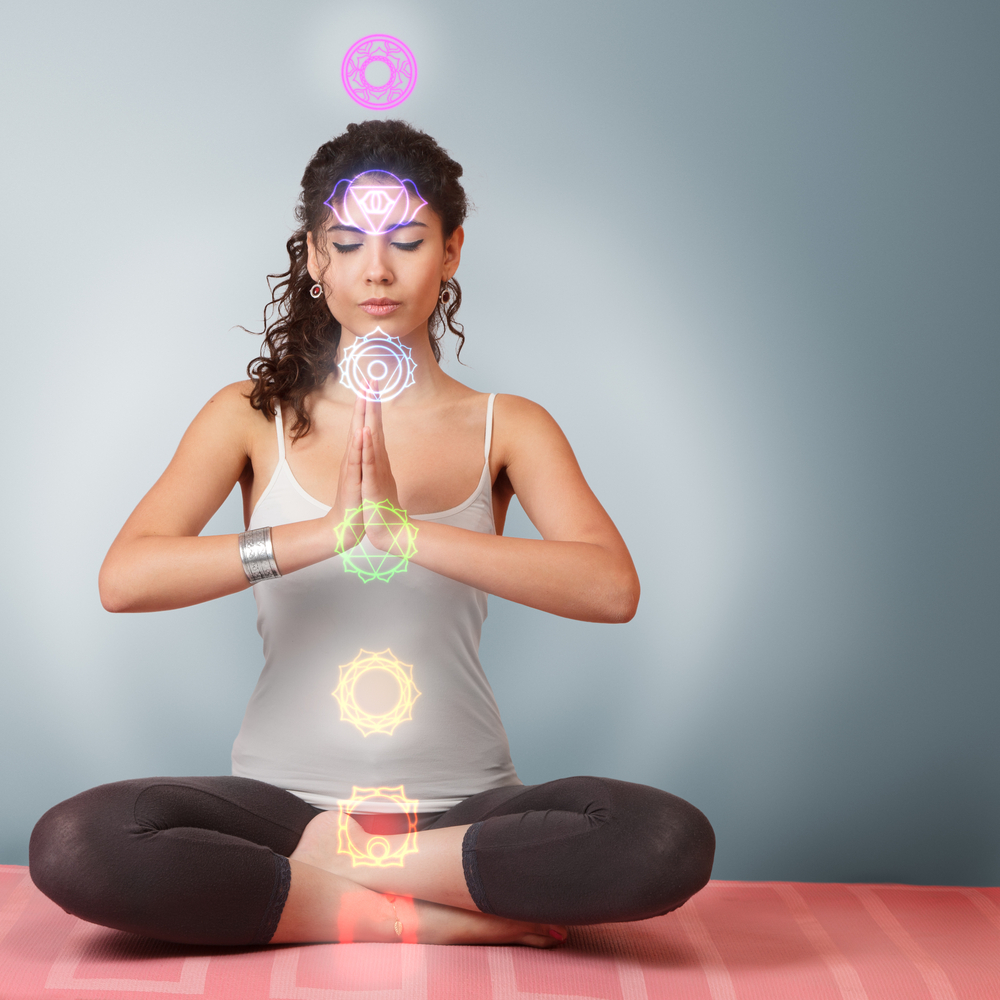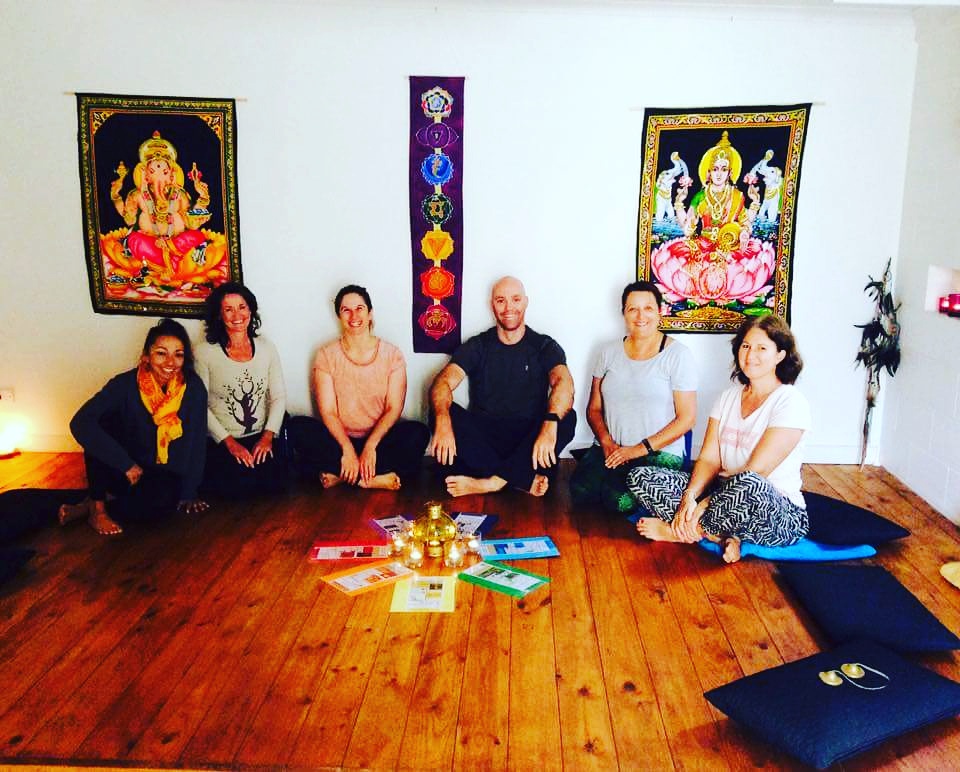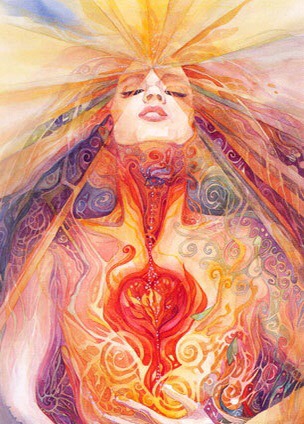As you rise up into the energy of the throat chakra, you will begin to notice a shift in energy. Each of the four lower chakras corresponds energetically to a physical element. By the time you reach the throat, you are moving out of the physical plane and into the non-physical realm of ether.
Vissudha, the Sanskrit word for the throat chakra, literally means purification. In the throat Chakradance, we chant and sing to cleanse the throat chakra, and enhance our ability for self-expression.
The non-physical element associated with Vissudha is ether, the field of subtle vibrations surrounding all things. The throat chakra, more than any other, governs our relationship with vibrations and resonance.
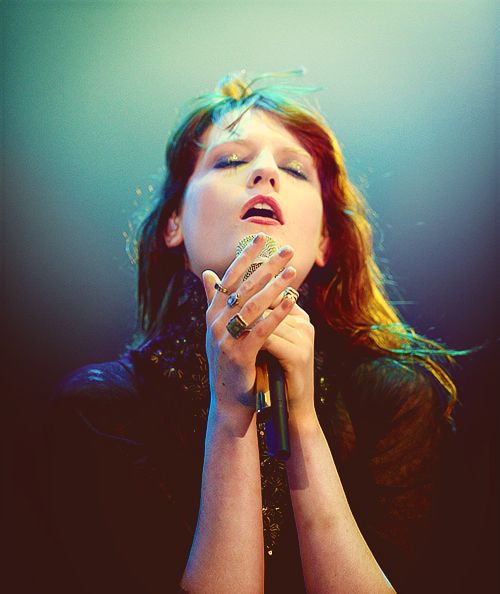
It is from the throat centre that you produce sound through vibration. As such it is incredibly susceptible to vibrational energy, and responsive to resonance of all kinds.
Chanting and humming, listening to vibrational sounds are among the best ways to clear and balance this chakra.
Physiologically this chakra governs the health of the throat, nose, ears, mouth, neck and vocal cords, as well as the thyroid and parathyroid glands, which are responsible for our metabolism.
The throat chakra carries the energies of truth, integrity, honesty and communication. It also governs the ability to listen, both to the words of others and your own internal dialogue within your body.
The throat chakra energy is resonant with authenticity and purification. Paramount to Vissudha, is the expression of self through speech and creativity. Finding your true voice.
With our words we create our world. In this energy of Vissudha you are called to correct your intellect and move towards greater clarity and understanding, to know the power of your words as a generator of meaning, that your communication may become a transmitter of compassion and the radiance of love.
In the words of Hafiz, “the words you speak become the house you live in.”
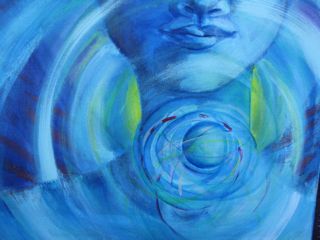
The Humming Breath is a wonderful pranayama or breath practice to stimulate the throat chakra.
Sit in a comfortable position with a straight spine.
Begin by exhaling as much air as possible from your lungs before taking in a deep, slow breath through your nose, refilling your lungs.
On your next exhalation, make a soft humming sound like a bee.
When you run out of breath, take another deep inhalation, continuing the humming sound as you exhale.
Begin with a few minutes practice, working up to 10-15 minutes at a time.
Now play the video and chant the mantra “ham” pronounced “hum” as you exhale.
When you have finished your humming breath and mantra practice, lie down and relax for a few minutes.
Let your humming throat chakra energy fuel your self-expression in your day.
Hari om tat sat. Namaste. Blessings.
ॐ
Sattva Yoga Flow + Chakradance classes
The beautiful art work used is Throat Chakra by Qahira Lynn
